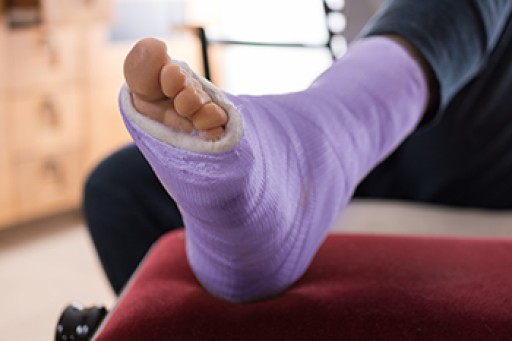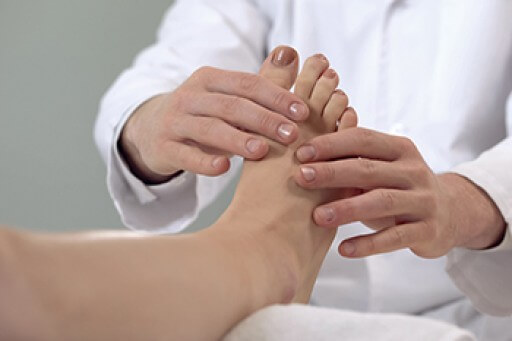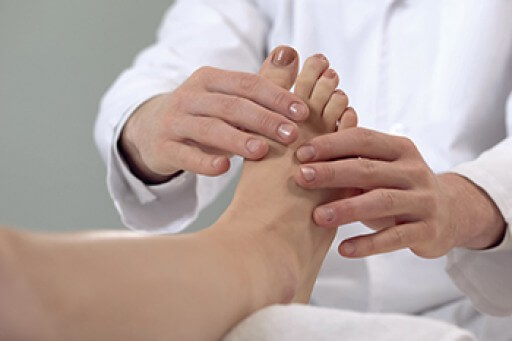
When an individual suffers a stress fracture, they essentially have developed tiny cracks in the bone, often due to repetitive or prolonged pressure. There are a number of different symptoms that are characteristic of a stress fracture. Namely, if you suffer from a stress fracture, you may develop bruising on the skin in the affected area. Typically, this might involve discoloration of some sort around the skin. The skin, for example, may appear to have a red, blue, or purple tint. Additionally, stress fractures may create poignant, localized pain at the site of the fracture. This pain can be worse when putting weight on the feet. Many individuals suffer from stress fractures—if you are one of them, consult with a podiatrist today.
Activities where too much pressure is put on the feet can cause stress fractures. To learn more, contact Scott Samera, DPM from Samera / Foot + Ankle. Our doctor can provide the care you need to keep your pain free and on your feet.
Dealing with Stress Fractures of the Foot and Ankle
Stress fractures occur in the foot and ankle when muscles in these areas weaken from too much or too little use. The feet and ankles then lose support when walking or running from the impact of the ground. Since there is no protection, the bones receive the full impact of each step. Stress on the feet can cause cracks to form in the bones, thus creating stress fractures.
What Are Stress Fractures?
Stress fractures occur frequently in individuals whose daily activities cause great impact on the feet and ankles. Stress factors are most common among:
- Runners
- People affected with Osteoporosis
- Tennis or basketball players
- Gymnasts
- High impact workouts
Symptoms
Pain from the fractures occur in the area of the fractures and can be constant or intermittent. It will often cause sharp or dull pain with swelling and tenderness. Engaging in any kind of activity which involves high impact will aggravate pain.
If you have any questions please feel free to contact our office located in Lake City and Branford, FL . We offer the newest diagnostic and treatment technologies for all your foot and ankle needs.















